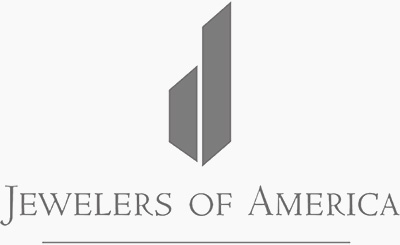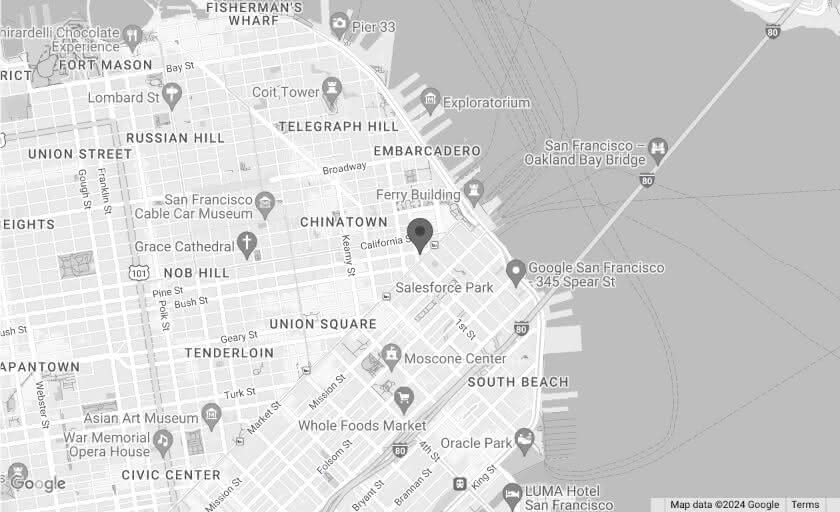
Ah yes, summer is almost here and love is in the air. This time of year is famous for intimate proposals and big celebrations. If you’re thinking of popping the big question in the coming months, make sure you do your homework to educate yourself around what to look for when it comes to buying the perfect diamond.
If you can’t list the “4 C’s” of diamond buying off hand, that’s okay… check out our guide below and feel empowered the next time you step into a jewelry store.
So what exactly are the 4 C’ of diamond buying?
CUT- how the diamond is essentially shaped
CLARITY - A scale that determines how clear the diamond is, vs how many imperfections or how much cloudiness exists-- aka: how sparkly the diamond is
CARAT- The weight of the diamond
COLOR- A scale which measure how closely the diamond approach colorlessness
Bonus C: COST- A lot goes into determining this amount. This is an area jewelers get certified in and should be able to explain to you in detail.
Let’s being with CUT:
The cut of the diamond determines how well it reflects light. When a diamond is well cut, the light is reflected from one facet to another, and is then dispersed through the top of the stone, making the diamond dazzling to the eye. However, if a diamond is cut too deep some of the light escapes through the opposite side of the pavilion, brilliance is lost, and the center of the diamond will appear dark. If a diamond is cut too shallow, light escapes through the pavilion before it can be reflected, again brilliance is lost and the diamond will appear glassy and dark.
Cut is the hardest aspect for any diamond cutter or polisher to master, however modern day certificates assist you in making the right decision. GIA (gemological institute of america) is the most respected of all diamond certificates and assesses cut ranging from excellent as the best all the way down to poor as the worst. At La Bijouterie, we strictly work with excellent cut diamonds that have been hand picked to maximize brilliance. Hearts and arrows are a modern term commonly used by most industry workers as a way for the public to view and see eight hearts from the back of a diamond, and eight clearly viable arrows.
At La Bijouterie, we're Certified Diamond Graders from the Gemological Institute of America and the Diamond High Council in Antwerp. It is our duty to show you and explain to you why one diamond's cut is better than another.
CLARITY
Each and every diamond is one of a kind. No single diamond is absolutely perfect under 10× magnification (under a loupe), except for diamonds that have been graded 'flawless' by the Gemological Institute of America (GIA). These are extremely rare, so much so that most jewelers have never even seen one let alone sold one! The GIA clarity scale contains 11 grades, with most diamonds falling into the vs (very slightly included) or si (slightly included) categories. In determining a clarity grade, the GIA system considers the size, nature, position, color or relief, and quantity of clarity characteristics visible under 10× magnification.The grades range from flawless to included as follows:
-
Flawless (fl) - no inclusions or blemishes are visible to a skilled grader using 10× magnification.
-
Internally flawless (if) - no inclusions and only blemishes are visible to a skilled grader using 10× magnification.
-
Very, very slightly included (vvs1 and vvs2) – inclusions are difficult for a skilled grader to see under 10× magnification.
-
Very slightly included (vs1 and vs2) – inclusions are minor and range from difficult to somewhat easy for a skilled grader to see under 10x magnification.
-
Slightly included (si1 and si2) – inclusions are noticeable to a skilled grader under 10x magnification.
-
Included (i1, i2, and i3) – inclusions are obvious under 10× magnification and may affect transparency and brilliance.
CARAT
Now that we’ve taken a deep dive into the first and second of the C’s, cut and clarity, let’s move on to carat weight, and no, we’re not talking about the kind you put in a salad. (wink!)
Diamonds and other gemstones are weighed in metric carats. One carat is equal to 0.2 grams. A carat is divided into 100 points. For example, a 50-point diamond weighs 0.50 carats. However, two diamonds of equal carat weight can have very different values depending on the other factors (clarity, color, cut and other dimensions).
COLOR
Diamonds are valued by how closely they approach colorlessness – the less color in the white diamond, then the higher the value. GIA's color grading scale for diamonds is the industry and international standard.
The scale begins with the letter d, representing colorless, and continues with increasing color to the letter z, which is essentially light yellow or brown. Each letter grade isn't an exact color, but it is a range of color, meaning a diamond of d color at the top of the range will be whiter, while a diamond near the bottom of the range will look more like an e color.
It takes a diamond expert to distinguish these differences. White diamond engagement rings are the most sought after. If you are considering a white diamond, g-h color diamonds are most popular as they do not display a yellow tinge. i to j color diamonds could also look white under natural daylight (sunlight), and there are multiple ways that an expert designer can set the diamond in order to make any hint of yellow undetectable.
Bonus: COST!
Although not an official C, we consider cost just as important as the rest. An experienced jeweler can help you prioritize what is most important to you and your significant other, (say diamond size perhaps), and find you the best options given your criteria and budget. Pricing a diamond is much more complicated than it seems.
We encourage clients, especially those considering the online route, to conduct a little experiment...
-
Go to a well-known online diamond retailer website.
-
Enter in the a carat size, color, clarity, and cut into the provided filters (the 4 C's). If you're unsure where to begin, we recommend entering in a carat weight of 1.00, color G, clarity VVS1, and excellent cut. Press search.
-
Notice the results they give you are vast. Even though the diamonds you are seeing have the exact same specifications, their prices range by the thousands.
-
Decide which one you should choose and why.
Of course this is easier said than done.The idea of this exercise is to simply show you how complicated it is to choose a diamond. At La Bijouterie, we love helping our customers find the exact diamond that fits any budget and any style, and one that will impress the person on the receiving end.
When it comes to customer experience, you can rest assured that your satisfaction is our utmost concern and that your happiness is our singular focus. Curious to learn more? Book an appointment today and check out our reviews on Yelp. We can’t wait to serve you!
~ The LB Team





